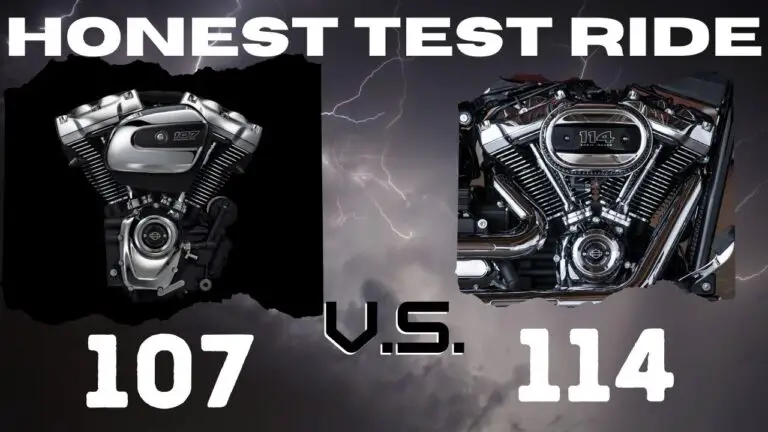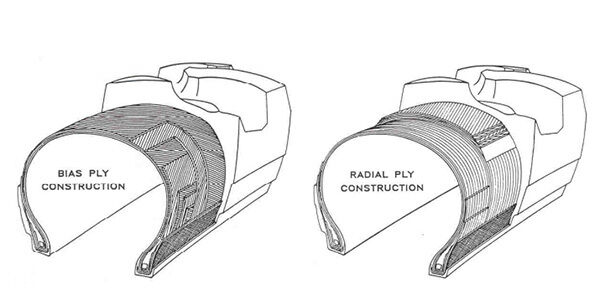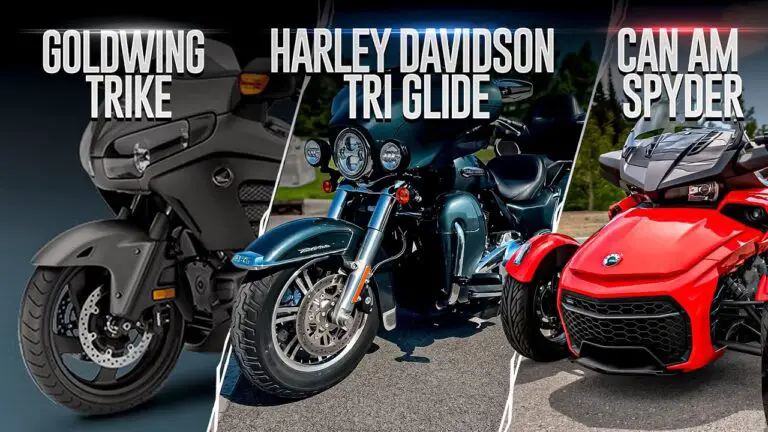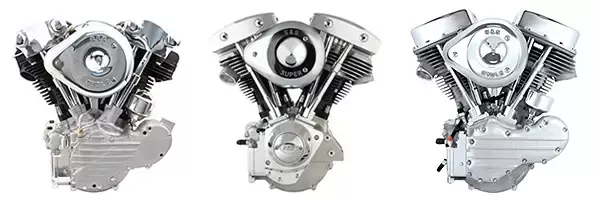Flat top pistons typically promote better flame propagation, while dome pistons can provide higher compression ratios. The piston’s shape influences performance and suitability for specific engine types.
Understanding the difference between flat top and dome pistons is crucial for performance enthusiasts and automotive engineers alike. Flat top pistons, characterized by their even and flat surfaces, contribute to an efficient combustion process by allowing an even spread of the flame front.
This design is common in engines that prioritize fuel efficiency and smoother operation. On the other hand, dome pistons, with their raised central area, create higher compression ratios, which is vital for engines designed to produce more power and torque. These contrasting piston designs play a pivotal role in engine behavior, affecting factors such as compression, airflow, and the overall balance between power and efficiency. Choosing the right piston type hinges on the intended application of the engine and the desired performance characteristics.

Credit: www.facebook.com
Introduction To Piston Design
Introduction to Piston Design is a fundamental aspect of internal combustion engine technology. Pistons are the heart of the engine, translating the energy of fuel combustion into mechanical motion. The shape and construction of a piston play a vital role in engine performance, efficiency, and overall power output.
Understanding The Role Of Pistons In An Engine
- Pistons create a seal within the cylinder for combustion.
- They transfer force from expanding gases to the crankshaft.
- Pistons help maintain engine pressure and temperature.
- Excellent piston design equals optimal engine efficiency.
Pistons are crucial for the engine’s four strokes: intake, compression, power, and exhaust. A well-designed piston ensures these processes occur seamlessly.
Comparing Flat Top And Dome Pistons
Different piston shapes affect engine characteristics. Flat top and dome pistons are widely popular designs.
| Flat Top Pistons | Dome Pistons |
|---|---|
| Offer an even combustion space. | Provide higher compression ratios. |
| Lead to efficient fuel burning. | Improve power in performance engines. |
| Simple design leading to cost-effective manufacturing. | Complex shape tailored for specific engine designs. |
| Suitable for a wide range of engines. | Better for high-performance and racing applications. |
Flat top pistons are known for their versatility while dome pistons cater to those seeking peak performance. The choice between the two depends on the desired engine characteristics and application.
Flat Top Pistons: Characteristics And Advantages
Flat top pistons are at the heart of engine performance. Their simple design offers reliable and efficient power. This type of piston stands out for its versatility and effectiveness, making it a popular choice in a variety of engine builds. Understanding their characteristics and advantages is key to optimizing your engine’s potential.
Design Features Of Flat Top Pistons
The design features of flat top pistons are simple yet highly functional:
- Flat crown: The top surface is level, enabling even combustion.
- Minimal surface area: Reduces heat absorption and increases thermal efficiency.
- Lightweight: Enhances engine response and reduces stress on components.
Performance Benefits From Using Flat Top Pistons
Using flat top pistons brings tangible performance benefits:
- Higher compression ratios improve power output and efficiency.
- Uniform flame propagation for a more complete fuel burn.
- Better knock resistance, enabling use with various fuel types.
Applications Best Suited For Flat Top Pistons
Flat top pistons excel in many settings:
| Application | Reason |
|---|---|
| Street Performance | Reliability and ease of tuning. |
| Racing | High power output and efficiency. |
| Restoration Projects | Compatibility with vintage engine designs. |
Dome Pistons: Characteristics And Advantages
Welcome to the fascinating world of engine customization and performance optimization! Today, let’s explore dome pistons—one of the high-performance components under the hood. Their unique features and benefits act as a game-changer in various applications where power and efficiency are paramount.
Design Features Of Dome Pistons
Dome pistons standout with a distinctive raised top. This shape increases the compression ratio of the engine, translating to better performance.
- Higher Crown: Provides space for more air-fuel mix.
- Compact Combustion Chamber: Enhances flame propagation.
- Material Strength: Made from durable alloys resisting extreme pressures.
Performance Benefits From Using Dome Pistons
With dome pistons, engines see a leap in power and efficiency. They allow for higher compression ratios without knocking, making them ideal for performance tuning.
- More Power: Better air-fuel mixture utilization leads to increased power output.
- Improved Efficiency: Higher compression ratios result in more efficient fuel consumption.
- Thermal Resilience: Can withstand hotter combustion temperatures.
Applications Best Suited For Dome Pistons
Dome pistons find their place where power and performance are non-negotiable.
| Application | Why Dome Pistons? |
|---|---|
| Racing Engines | Need for speed and maximum power. |
| High-Performance Street Cars | Desire for enhanced driving experience. |
| Custom Builds | Demand for personalized engine tuning. |

Credit: www.jepistons.com
Analyzing Effects On Engine Performance
Exploring the nuances of engine performance reveals a significant impact from piston shape, particularly flat top vs dome pistons. This comparison delves deep into how each design influences combustion dynamics and overall horsepower.
Choosing between flat top and dome pistons affects an engine’s behavior. Let’s explore how these designs impact performance. Key areas for analysis include compression ratio, piston thermodynamics, and combustion efficiency.
The compression ratio of an engine matters greatly. It measures the difference between the cylinder’s largest and smallest capacities. High compression ratios can lead to better thermal efficiency, translating to more power and fuel economy. Here’s a quick comparison:
- Flat top pistons usually boost the compression ratio without changing the combustion chamber. This leads to a more efficient engine.
- Dome pistons alter the shape of the combustion chamber, which can increase the compression ratio even more but might require engine modifications.
Piston shape influences thermodynamics within the engine. Heat transfer and clearance for fuel and air matter. Dome pistons, with their unique design, may hold heat longer, impacting the fuel’s burn rate. In contrast:
- Flat top pistons offer a simpler design, often resulting in more uniform heat distribution.
- Dome pistons might need careful tuning to manage the thermodynamics for optimal performance.
Efficient combustion relies on effective flame propagation. This is crucial for transforming fuel into engine power. The piston’s role is pivotal:
- Flat top pistons: Promote even flame spread. This can make the combustion process more efficient.
- Dome pistons: Can accelerate the flame front due to their shape leading to quicker burn times but may require tuning to avoid engine knock.
Choosing The Right Piston For Your Engine Build
Finding the perfect piston is key to maximizing engine performance. When building an engine, the choice between flat top and dome pistons can greatly impact power, efficiency, and compatibility with other components. This section will guide enthusiasts through making an informed decision based on their specific needs.
Considering Engine Specifications And Goals
Start with the end in mind. What does your engine need to do? For those aiming for higher compression ratios and more power, dome pistons are a good fit. Flat top pistons, on the other hand, are ideal for a balance of performance and efficiency. Consider these points:
- Desired compression ratio
- Engine’s power output
- Intended use (racing, street, etc.)
Compatibility With Other Engine Components
Each piston type works with certain cylinder heads and cam profiles. Ensure compatibility to avoid unnecessary modifications or damage. A table can demonstrate how flat top and dome pistons pair with different components.
| Piston Type | Cylinder Head Type | Cam Profile |
|---|---|---|
| Flat Top | Most compatible with various heads | Mild to aggressive |
| Dome | Requires specific heads for clearance | Usually requires more aggressive profiles |
Cost-benefit Analysis Of Each Piston Type
Consider long-term value over initial cost. Dome pistons may offer more power but at a higher price point. Flat top pistons are typically more affordable and require less modification, offering a better cost to performance ratio for many builds. Here’s a comparison:
- Flat Top: Less expensive, versatile, good for street and mild racing
- Dome: More expensive, but necessary for high-performance builds
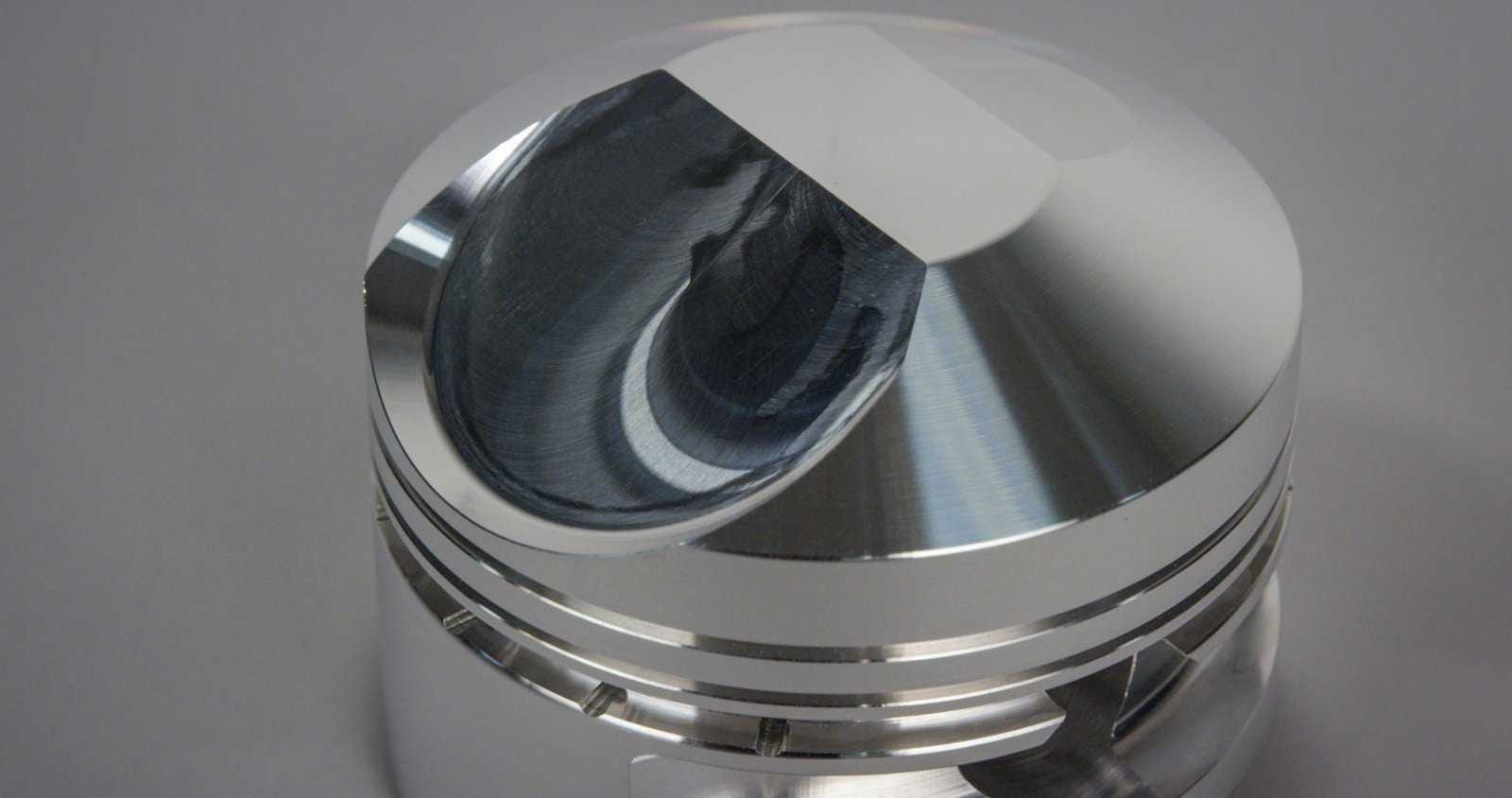
Credit: www.jepistons.com
Maintenance And Longevity Issues
When it comes to engine performance and durability, the choice between flat top and dome pistons plays a critical role. Flat top pistons typically provide a more balanced compression within the combustion chamber, while dome pistons, with their raised profile, are often favored for higher compression in performance applications. The piston design not only influences the horsepower and torque but also impacts maintenance needs and longevity.
Wear And Tear Factors For Different Piston Types
The shape of pistons directly affects their wear patterns and how they interact with other engine components. Flat top pistons maintain a uniform expansion and typically wear evenly. On the other hand, dome pistons may experience more strain due to their unique shape, leading to distinct wear characteristics.
- Flat top pistons: Wear uniformly, less strain on the wrist pins.
- Dome pistons: May cause hot spots, leading to increased wear on specific areas.
Impact Of Piston Design On Engine Maintenance
Regular engine maintenance keeps performance optimal, and piston design is a significant factor. Dome pistons may demand more frequent checks due to the higher pressures and temperatures they endure. In comparison, flat top pistons are associated with ease of maintenance, thanks to their simpler design.
| Piston Type | Maintenance Frequency |
|---|---|
| Flat Top | Less Frequent |
| Dome | More Frequent |
Long-term Reliability And Performance
Looking ahead, the longevity of an engine correlates with the piston choice. Flat top pistons offer a balance of performance and reliability, making them a go-to for engines aiming for longevity. Dome pistons are robust, designed for high-performance scenarios, and they can deliver remarkable longevity when maintained properly.
- Flat top pistons: Balanced, reliable, suitable for varied applications.
- Dome pistons: High performance, require diligent maintenance.
Conclusion: Making An Informed Decision
Selecting the right pistons is crucial for your engine’s performance. It’s like choosing the heart for your machine. Flat top and dome pistons each have their benefits and drawbacks. Understanding these can help you make the best choice for your engine.
Review Of Key Considerations In Piston Selection
When deciding between flat top and dome pistons, remember these points:
- Compression ratio: Dome pistons increase it, flat tops keep it moderate.
- Fuel type: High compression may require high-octane fuel.
- Engine efficiency: Flat top pistons promote better flame propagation.
- Vehicle use: Street cars benefit from flat tops, racers may prefer domes.
Final Thoughts On Balancing Performance And Practicality
Your choice should reflect your vehicle’s purpose. Think about these factors:
| Performance | Practicality |
|---|---|
| Dome pistons for higher power output. | Flat top pistons for daily reliability. |
Always consider engine compatibility and long-term goals. Whether seeking speed or stability, the decision impacts your engine’s life and efficiency.
Frequently Asked Questions For Flat Top Vs Dome Pistons
Are Flat Top Pistons Better Than Domed?
Flat top pistons generally provide better fuel efficiency and are suitable for higher compression engines. Domed pistons, conversely, are often used in high-performance engines requiring more power. The best choice depends on the engine’s intended use.
What Are The Advantages Of Dome Pistons?
Dome pistons enhance combustion efficiency and increase compression ratios, boosting engine power. They also facilitate better flame propagation, improving overall engine performance.
Does Flat Top Pistons Increase Horsepower?
Flat top pistons can increase horsepower by ensuring better combustion chamber efficiency and increasing the compression ratio.
What Is The Most Efficient Piston Shape?
The most efficient piston shape is oval or elliptical, providing balanced pressure distribution and reducing friction within the cylinder.
Conclusion
Deciding between flat top and dome pistons shapes your engine’s performance. It’s about matching your vehicle’s specific needs to the correct piston design. Whether it’s fuel efficiency or power gains, choose wisely. Remember, the right piston can elevate your driving experience.
For more insights, always consult with a trusted mechanic. Keep tuning in for further automotive know-how.
